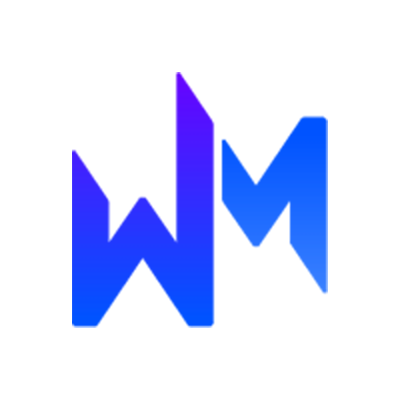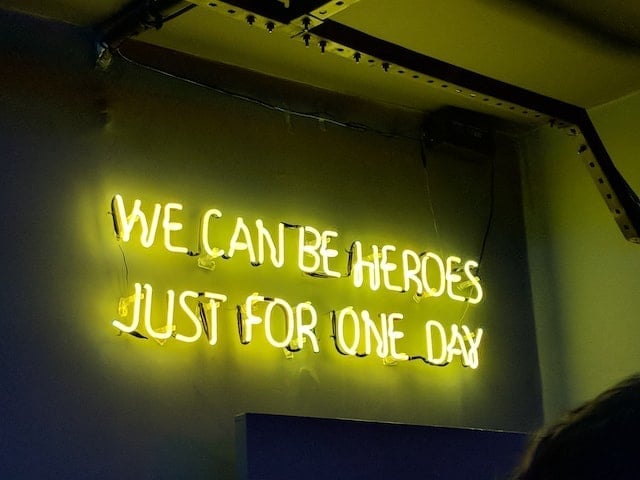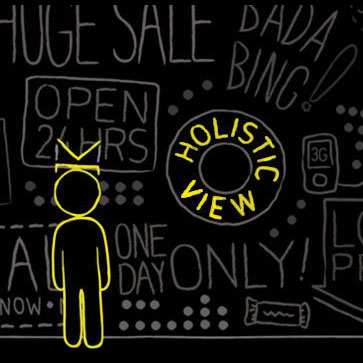The Key to Native Advertising

Native advertising burst onto the scene in 2013, but most Internet professionals find it difficult to come up with an actual definition. The reason is it encompasses so many different practices, techniques and technologies today that it can be hard for even for the savviest and most experienced to pin down.
"Native" is essentially an online advertising method in which the brand being promoted makes a concerted effort to gain attention by providing "content in the context of a user's experience" - in other words, make advertising seem less intrusive and the likelihood users interact with it increases dramatically. The trend comes none too soon for brands looking to deepen engagement and generate a better response from their campaigns.
"There is a renaissance underway in digital advertising that is driving brands, publishers and consumers to communicate with each other in more personal and natural ways," said Patrick Albano, vice president, social, mobile and innovation sales, Yahoo, and co-chair, IAB Native Advertising Task Force, in a statement. "Native advertising is an important piece of this evolution."
The most relatable form of native advertising is that of the "advertorial" - wherein paid ads are positioned as editorial content. In the digital age, however, native ads are taking on a variety of forms. Today, videos, images, widgets, music and even social media updates are being positioned as native formats.
The IAB is well aware of the native advertising trend and recently released its own "Native Advertising Playbook" in order to help the industry establish a common lexicon, an evaluation framework and some disclosure principles. The IAB highlighted six core interactive ad formats that are currently being used within the native ad landscape and provided some much-needed guidance for evaluating marketplace opportunities. Read more about these formats and how your company can take advantage in part two of our native advertising primer on the Web at wsm.co/adprimer.
The arrival of the IAB's native ad playbook comes none too soon. IZEA released its fourth annual "State of Sponsored Social" report recently and found that "content sponsorship" has become more lucrative than display advertising. In fact, 55.7 percent of influencers now say they make more money from sponsorships than online display ads. Perhaps most interesting is that a majority of brand marketers (61 percent) this year have pursued the compensation of social media influencers (a 5 percent increase year-over- year) in the form of money, goods, services, discounts or other incentives. Among owners of social channels, 92 percent say they would accept compensation to promote something through their own platforms.
"Brand advertisers and editorial are working more closely than ever to develop mutually beneficial, scalable social sponsorship programs that are both high impact for brands and profitable for creators," said Ted Murphy, founder and CEO, IZEA, about the report. "Increasingly we're seeing brand marketers dial down their investments in online display, while dialing up a wide variety of sponsored social channels and other native advertising initiatives."
Of course, native advertising could easily come back to haunt the very advertisers it purports to benefit. ChoiceStream released results of its "2013 Survey of Consumer Opinions on Audience Targeting and Online Advertising" in Nov. 2013, which took a deep look at the "how and why" of consumer behavior when it comes to digital advertising and purchasing. Perhaps the most interesting finding is that 86 percent of respondents felt native ads were trying to trick them and they didn't appreciate it. Not exactly a ringing endorsement of the practice - but it is certainly not calming interest.
In mid-Dec. 2013, mobile network Appia announced the launch of Discovery Ads, a native ad format for publishers of mobile websites and applications that could prove quite appealing to advertisers. The new format affords advertisers an opportunity to customize the design of their ads, and experiment with copy, calls-to-action and imagery thanks to Appia's real-time optimization platform and A/B testing environment. Ultimately, that's the kind of control that Appia hopes will appeal to advertisers who are increasingly demanding greater performance for their ad spend.
Keep up to date with emerging trends and best practices in Internet advertising at wsm.co/netad14.
"Discovery Ads represent the next generation in mobile advertising formats that we're confident our customers will be excited to use," said Jud Bo
Appia is far from the only player in the native ad space. Twitter-owned mobile ad network MoPub announced a programmatic-enabled native ad solution for mobile apps recently, which it hopes will provide publishers the opportunity to work directly with advertisers and drive more revenue from the nearly 100 demand partners on the MoPub marketplace.
Native advertising has not been a scalable or accessible solution for mobile app developers to date, but since it offers publishers an opportunity to monetize an app (or website) without the interference of a supply side network and ads can be designed so they match the content, they're of increasing interest to both publishers and advertisers. Messaging app and MoPub client Tango, for example, is using two native ad units presently - an expanded unit in the news feed and another compact version in the chat tab.
"Working with MoPub means we don't have to put in the effort to create a custom solution from scratch for every advertiser that we work with, so we can focus on our app and our business," said Tango's Head of Advertising Richard Rabbat. "The MoPub Native Ad standard makes it easy for us to both work directly with advertisers like Supercell and with other advertisers on MoPub Marketplace.
We're excited to launch this with a partner that shares our vision to make advertising a great experience for our users and our ad partners." Native advertising in the digital age has a complicated future. For every Facebook that shutters a native ad program (such as it did recently with its Sponsored Stories offering), another platform will emerge to give advertisers and publishers an opportunity to attract an audience and monetize interactions. Where there's opportunity to establish a brand as a credible choice, advertisers will take it and publishers will sell it.









